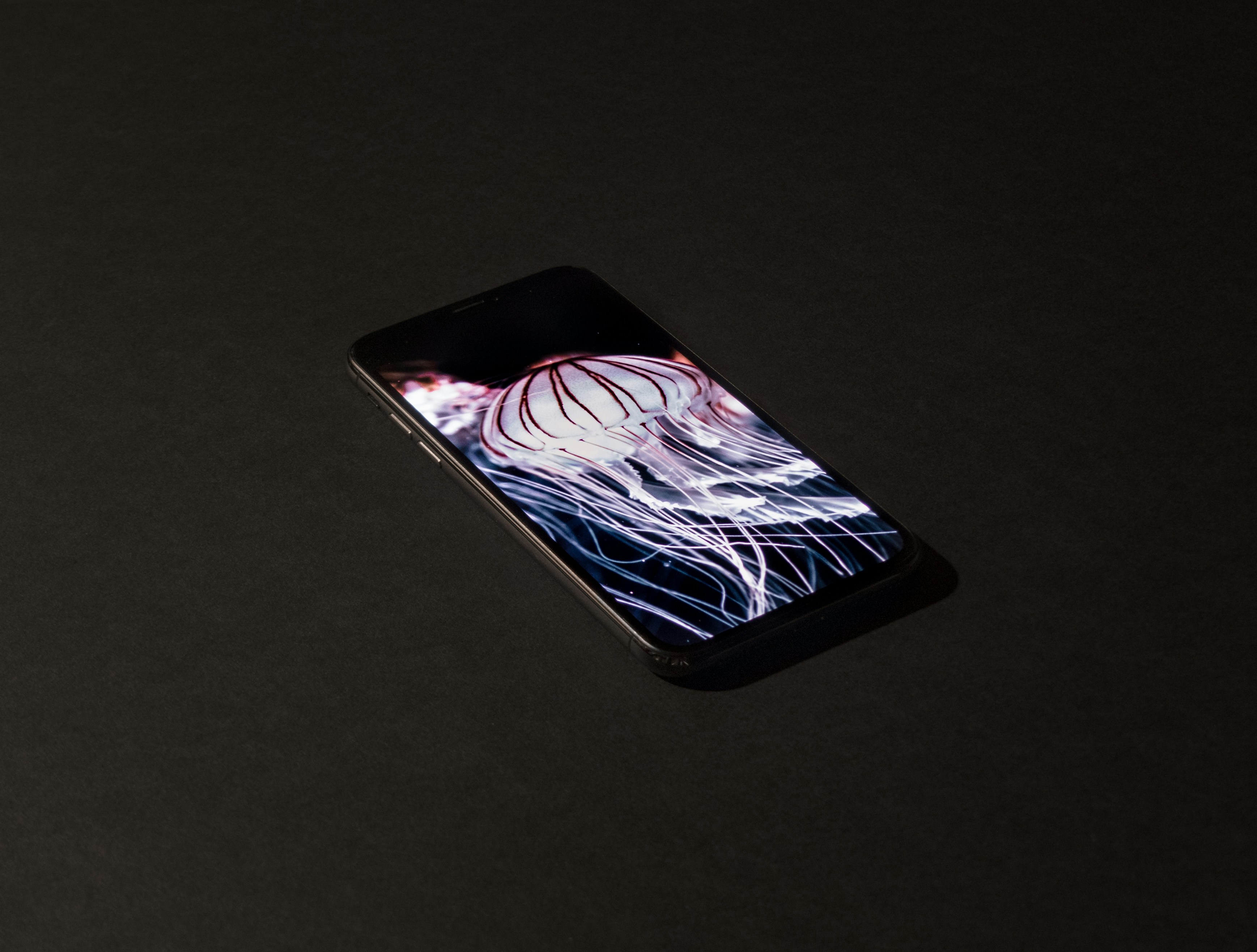"Unmasking the Potential of E-Ink: The Future of Sustainable Digital Display"
We live in a world engulfed in screens, from smartphones to laptops, smartwatches to billboards, digital displays are everywhere. Always evolving, the tech world has introduced us to E-Ink, a low-energy digital display technology that promises to revolutionize our screen-filled lives.

Background: From Papyrus to Pixels
E-Ink, short for electronic ink, has its roots stretching back to the 1970s when the concept of electronic paper was first proposed. The idea was to create a digital display medium that mimicked the appearance of ordinary ink on paper. It wasn’t until the late 1990s when E-Ink Corporation, a spin-off from MIT, successfully commercialized the technology. The first application was in e-readers, with Amazon’s Kindle being the most notable example.
The Inner Workings of E-Ink
Unlike traditional LCD or OLED screens, E-Ink displays work by manipulating tiny microcapsules filled with positively and negatively charged particles suspended in a clear fluid. When an electric field is applied, the particles move to the top or bottom of the microcapsule, creating patterns that we perceive as text or images. This method of image formation requires no backlighting and uses power only when changing the display, making E-Ink more energy-efficient than traditional screens.
E-Ink in the Present: More Than Just E-Readers
While e-readers remain the most common application for E-Ink, the technology has expanded into other areas. E-Ink is now used in smartwatches, digital signage, and even smartphones, like the YotaPhone, which features an E-Ink display on the back.
The Future of E-Ink: Sustainability and Beyond
The future of E-Ink is bright, especially in the realm of sustainable technology. Because E-Ink displays only consume power when changing what’s on the screen, they have the potential to significantly reduce the energy consumption of our devices. Furthermore, E-Ink’s readability in direct sunlight and its reduced strain on the eyes make it a healthier alternative to traditional screens.
Pricing and Market Impact
E-Ink products typically fall into a higher price bracket due to the technology’s relatively low production volume. However, with increasing demand and advancements in manufacturing techniques, prices are expected to decline. The low energy consumption and sustainability aspect of E-Ink are also likely to drive its market growth, especially in an increasingly eco-conscious consumer market.
E-Ink is more than just a technology—it’s a testament to our persistent pursuit of innovation. As it continues to evolve and permeate various aspects of our lives, E-Ink promises a future where digital displays are both visually comfortable and environmentally friendly. With its unique blend of aesthetics and sustainability, E-Ink is poised to redefine the future of digital display technology.





